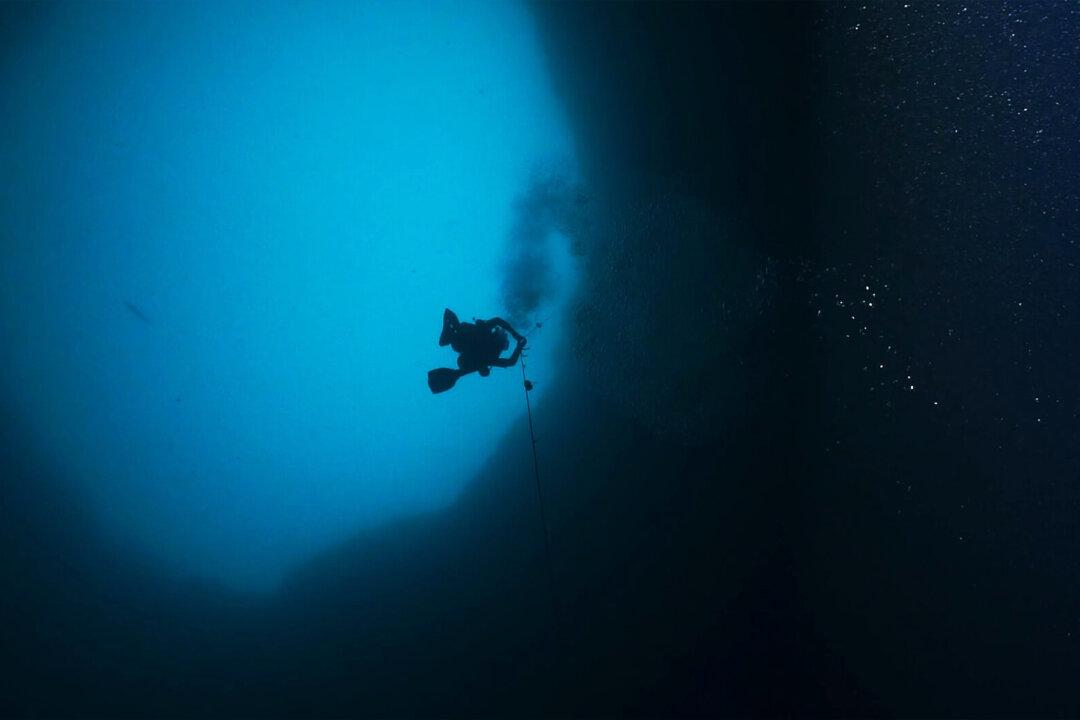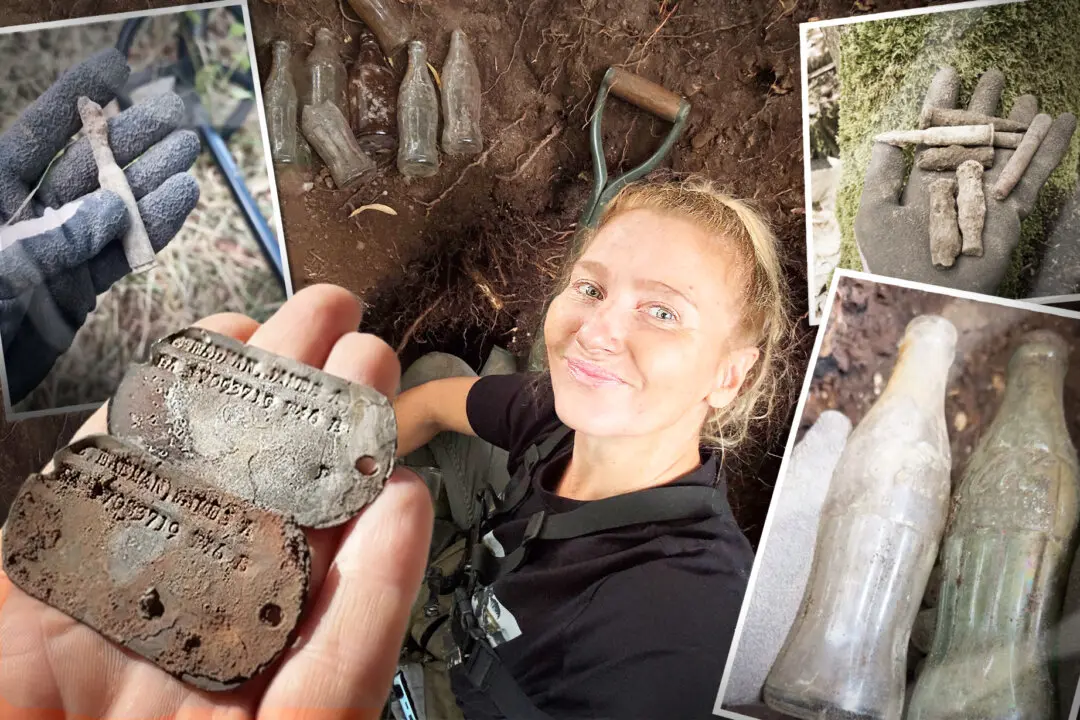A scientific dive team explored a little-studied underwater phenomenon known as a “blue hole,” a sort of sunken underwater oasis surrounded by barren sea floor, about 30 miles off the coast of Sarasota, Florida, in May and September 2019.
Blue holes are a lot like sink holes on land but occur on the bottom of the ocean. They can sometimes drop hundreds of feet below the surrounding ocean floor, and are also complex, unique, and fascinating hotbeds of biodiversity, unlike the above topography, with an abundance of plants and animals.






